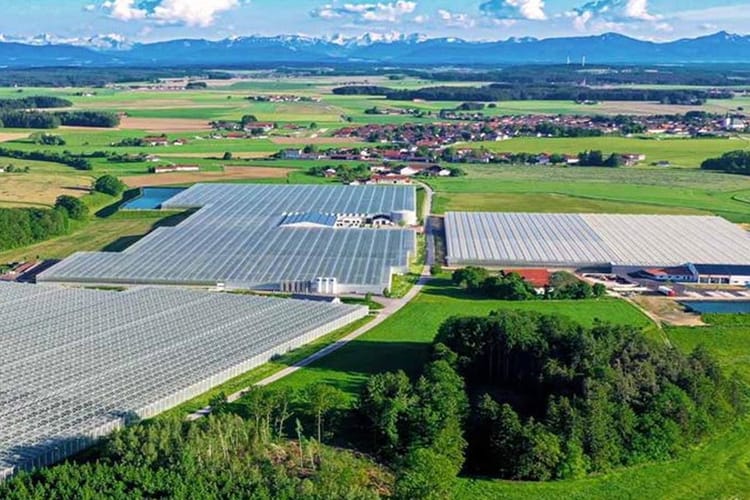Sustainable Food Production: Indoor Farming in Smart Cities
The global population nears 8 billion, increasing pressure on food, water, and energy resources. Most people are living in urban areas, and this poses several challenges; food security will be a severe issue for the future of smart cities.
The way we have been producing food was adequate but not sustainable in the long run. We created large food hubs that distribute food across the globe. Covid and transportation issues have disrupted the international market. The need for local food production is evident. However, droughts and extreme weather make growing produce in an open field difficult. Indoor farming can offer a solution. Can we produce crops in a more personalized manner?
We'll have to think differently about how to solve this problem. We think about solving problems as we've always done them. Think about Ford, who asked people what type of transportation they wanted: faster horses. However, he thought outside the box and created a car.
Sustainable food production in a smart city
A smart city is designed to be efficient, safe, and sustainable. Via sensors and AI the collected information will improve the quality of life. In a smart city, everything is connected: food is produced when needed.
Sustainable food production examples
In a smart city indoor farms are built in or just on the edge of the city, reducing transportation costs and the CO2 footprint. The greenhouse responds to the weather to optimize plant growth, save water and reduce the usage of pesticides. The maximum risk of losing crops is minimized using AI and ‘natural enemy’ bugs. Most consumers are willing to pay more for eating sustainable fruits & vegetables.

Steiner Greenhouse
The greenhouse of the Family Steiner was built to provide the local region with fresh in season vegetables all year round. The greenhouse uses geothermal energy from the village to heat the facility in a CO2-neutral way. Attached to the greenhouse is a packaging facility. This enables the greenhouse to deliver produce based on need of the consumer to the local supermarket within a day or a few hours. Decease and pests are mostly fought with the use of natural enemies. Earthworms are used to improve farm productivity.
Victoria Greenhouse
This greenhouse is located in Victoria, Australia. Australia is a large continent with varying biomes; sometimes, it rains or long periods of draughts occur. The greenhouse offers protection from extreme weather. The greenhouse can use the region's infrastructure, but electricity is scarce. An innovative biofuel plant supplies Katunga Fresh with heat, CO2, and electricity. This plant takes care of the energy needs, using plant rests and bio waste of cattle to generate biofuel and realize a net negative carbon outcome.
A greenhouse solution: climate change and growing population
Climate change threatens open field agriculture: an increase in droughts, floods, higher incidence of pests and diseases, fires, and more. Production in greenhouses is typically up to 10 times higher than in the open field and uses much less water. Research results from Wageningen University & Research have shown that in highly controlled greenhouses, only use 5 liters of water to produce 1 kilogram of tomatoes. In comparison, open field production can be up to 40 liters more per kilogram.
The time is ripe for more indoor farming in and around our cities. What do you think food production in a city will look like in 2050?



Comments
We'd love to hear your thoughts! To enter a comment, type your name and email address.